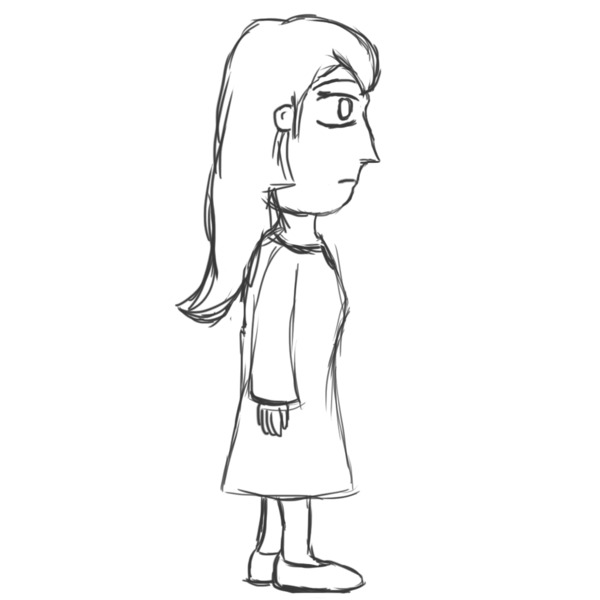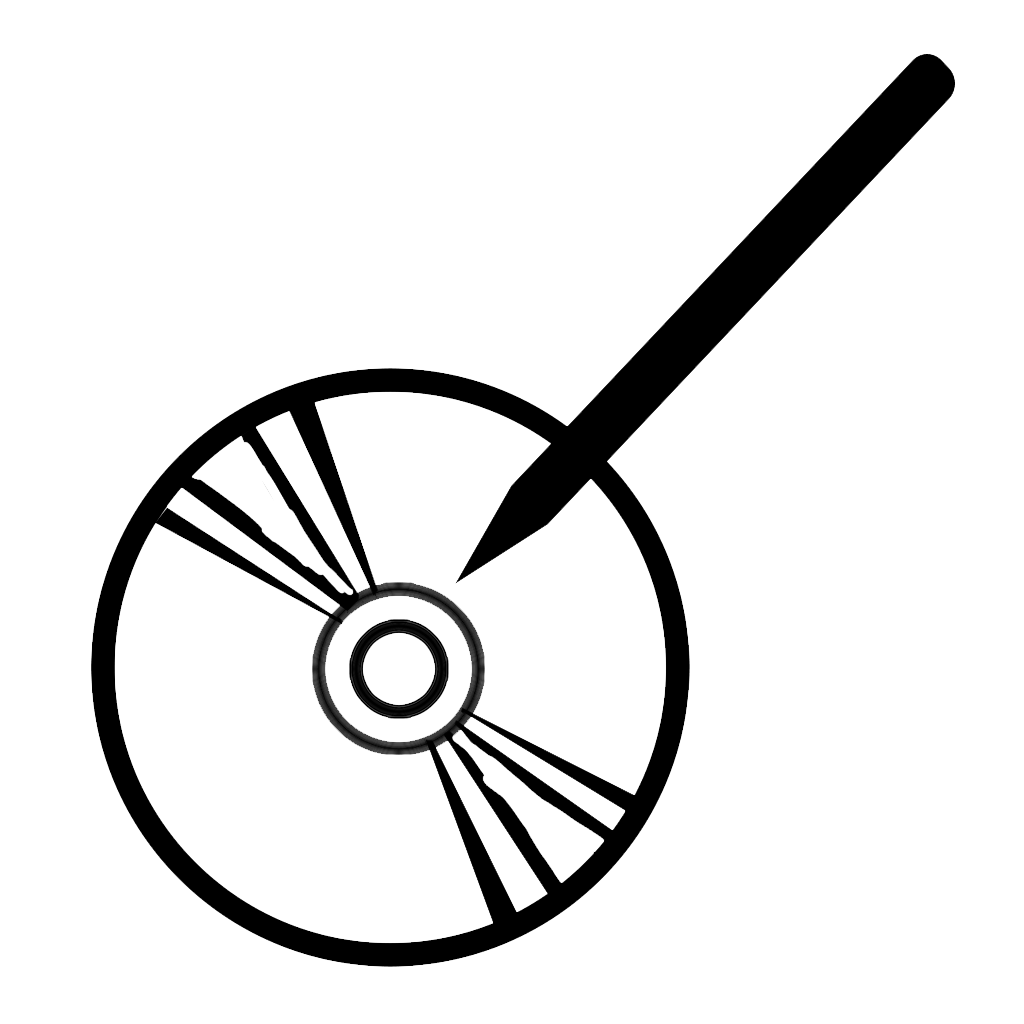I keep thinking about better ways to improve my method for pseudo-3D hand-drawn graphics in games. It isn’t a very advanced method, and yet expands older methods that have been abandoned decades ago, creating traditional animation in 3D games in ways that computer animation has still be unable to mimic.
The problem with it? Never mind how it looks (I am not a professional animator in any sense, that it looks as good as it does with my ability alone is enough to convince me of its potential). It takes a lot of work to animate (still less than the typical animated film, which is hardly a comparison). More importantly, it takes a lot of RAM and hard drive space. Unlike CGI models, where the animation takes less data than the model itself (and thus animations can be added to a model with less concern), my method multiplies RAM used with every frame of animation. Every frame is its own, hand-drawn texture.
Add that there are different perspectives of one character (currently 24 in my latest version). If I have one animation with five frames, that’s 24*5 = 120 frames. If I have several animations, or add more frames for smoother animation, you can see how one character can have thousands of hand-drawn frames.



